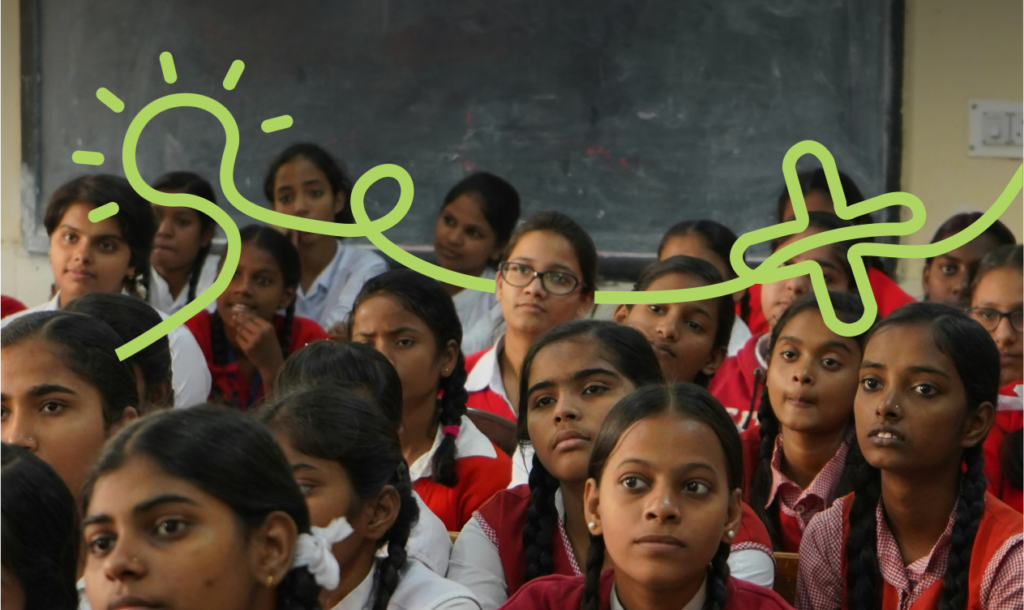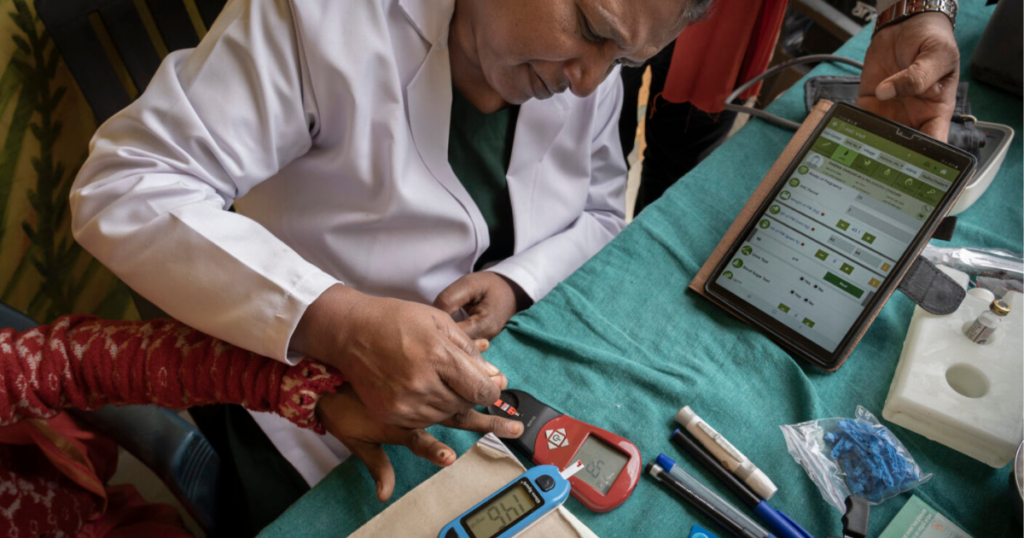Hunger and food security have always been a pressing challenge and an important part of the global agenda. The UN SDG goal to achieve zero hunger by 2030, in fact, includes food and nutrition access to seven billion people worldwide, keeping population and resources under control. While hunger has been addressed, the form of hunger that is often ignored or overshadowed is known as hidden hunger, otherwise known as micronutrient deficiency.
Hidden hunger affects two billion globally, with nearly half of them from India.
Though hidden hunger can affect the population of all strata, the core issues are around diet diversity and micronutrient absorption of food rather than challenges with intake. Hence, vulnerability increases for people with existing health conditions, children, pregnant and lactating mothers where affordability of a balanced diet itself is a daily struggle. COVID-1 has pushed economies around the world further back in their fight against hidden hunger.
The deficiency of essential vitamins and minerals has long-term, irreversible health effects that sometimes act as a slow poison without being detected in the long term. This leads to a wide number of health problems, including impaired cognitive development, lower resistance to disease, and increased risks during childbirth for both mothers and children (FAO).
Biofortification as a potential solution to address hidden hunger.
To combat the same, traditional approaches like dietary diversification have been the focus of the government in the past. Now other innovative solutions have been in the spotlight which include food supplementation, fortification and biofortification, which are complementary to each other and have been of significance to combat hidden hunger. As the problem of hidden hunger is affected by food production and consumption, the solution which addresses the root cause and complements other solutions is biofortification. Not only does biofortification offer nutrition sufficiency through a production and consumer lens, but it is also an economic and cost-effective solution with other time-tested benefits. For example, one important benefit is that biofortification is climate resilient and has a high response to climate change.
With growing commercialisation, biofortification is now on the pathway towards scaling up to strengthen supply and demand and build an enabling ecosystem.
The initiatives and conversations in the nutrition ecosystem have been emerging around the scaling up of biofortification. While these can catalyse nutrition sufficiency among vulnerable populations, interventions are still required to define pathways to scale-up biofortification. Innovative measures, such as the incorporation of blockchain and traceability tools in the value chain, could support the scale-up effectively. The government needs to provide support in the form of programmes around biofortification such as Poshan Abhiyaan and women’s health, centres to combat child hunger and malnutrition like Anganwadi and the integration of biofortified varieties in midday meals.
Authors: Pranjali Siwal and Ashutosh Chaudhary
Technical Review: Debaranjan Pujahari




